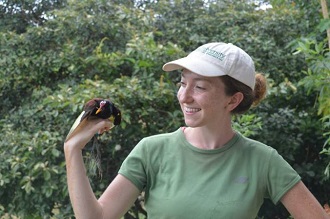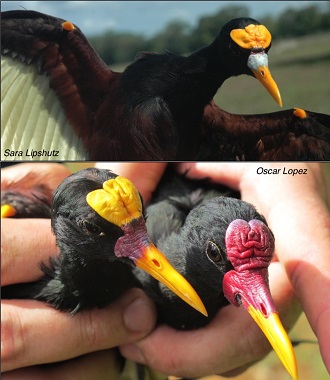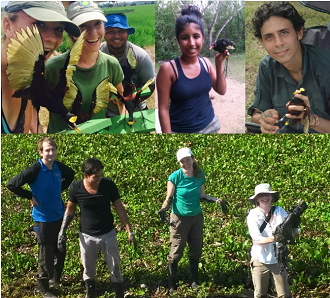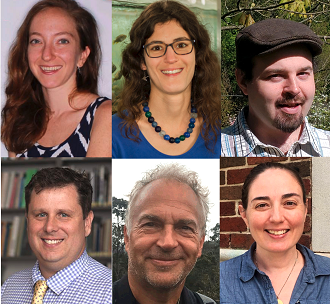Each month, the Evolution Highlights series will highlight some of the interesting and varied papers published within the last few years in Evolution. The goal of these Evolution Highlights is to let our readers learn more about how the highlighted study came into existence, and to invite the authors to share stories and tips from the perspective of a recently published author. We welcome nominations and self-nominations for the Evolution Highlights. Find out how to submit a paper here.
Differential introgression of a female competitive trait in a hybrid zone between role-reversed species
Sara E. Lipshutz, Joana I. Meier, Graham E. Derryberry, Matthew J. Miller, Ole Seehausen, Elizabeth P. Derryberry
https://onlinelibrary.wiley.com/doi/abs/10.1111/evo.13675
Abstract:
Mating behavior between recently diverged species in secondary contact can impede or promote reproductive isolation. Traditionally, researchers focus on the importance of female mate choice and male–male competition in maintaining or eroding species barriers. Although female–female competition is widespread, little is known about its role in the speciation process. Here, we investigate a case of interspecific female competition and its influence on patterns of phenotypic and genetic introgression between species. We examine a hybrid zone between sex‐role reversed, Neotropical shorebird species, the northern jacana (Jacana spinosa) and wattled jacana (J. jacana), in which female–female competition is a major determinant of reproductive success. Previous work found that females of the more aggressive and larger species, J. spinosa, disproportionately mother hybrid offspring, potentially by monopolizing breeding territories in sympatry with J. jacana. We find a cline shift of female body mass relative to the genetic center of the hybrid zone, consistent with asymmetric introgression of this competitive trait. We suggest that divergence in sexual characteristics between sex‐role reversed females can influence patterns of gene flow upon secondary contact, similar to males in systems with more typical sex roles.
Evolution Highlight by Sara Lipshutz
Biology - Ecology, Evolution, Behavior, Indiana University

Sara Lipshutz

Top: Northern Jacana (Jacana spinosa). Note yellow, tri-lobate frontal shield and chestnut-brown plumage.
Bottom left: Northern x Wattled Jacana hybrid. Note yellow frontal shield with reduced wattles.
Bottom right: Wattled Jacana (Jacana jacana). Note red, bi-lobate frontal shield, red hanging wattles, and black plumage.

Field assistants

Top row from left: Sara Lipshutz, Joana I. Meier, and Graham E. Derryberry
Bottom row from left: Matthew J. Miller, Ole Seehausen, and Elizabeth P. Derryberry